A Month in Siena 10/16/2023
The Art of Travel
by Alain de Botton
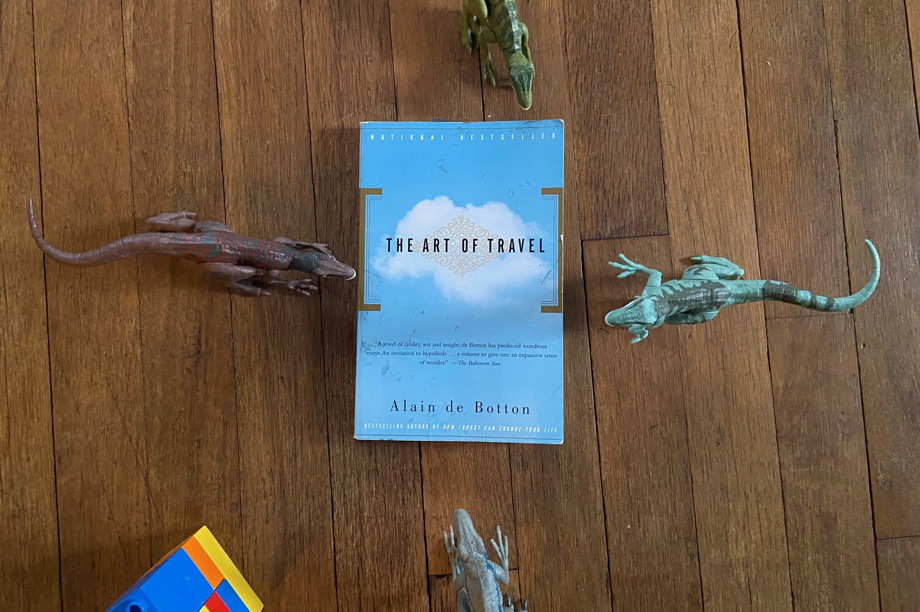
Review: The Art of Travel (2002), by Alain de Botton. Arrangement by Francis Tann. December 2021.
Reading time: 4 minutes
Return to Blog Home
December 31st, 2021 at 8:12pm
Please consider disabling your ad blocker, it disrupts site functions in addition to blocking ads. Thank you!
Wherever you go, there you are.
In other words: You bring you with you. For many situations, including travel, we should append a word to that sentence: You bring you with you—unfortunately.
In simplistic terms, that's the central premise of Alain de Botton's The Art of Travel, a lyrical and philosophical examination of travel, and the mindsets that ruin it.
Background on this series is here.
"Sublime places repeat in grand terms a lesson that ordinary life typically introduces viciously: that the universe is mightier than we are."
Intriguing Structure
The Art of Travel is divided into five parts:
- Departure
- Motives
- Landscape
- Art
- Return
Each part contains one or two chapters. Each chapter opens with a list of places and "guides" (artists, thinkers, etc) mentioned within, and the chapter's content is composed of eight to ten brief numbered sections, most no longer than a page or two. Photographs and artwork also punctuate the text.
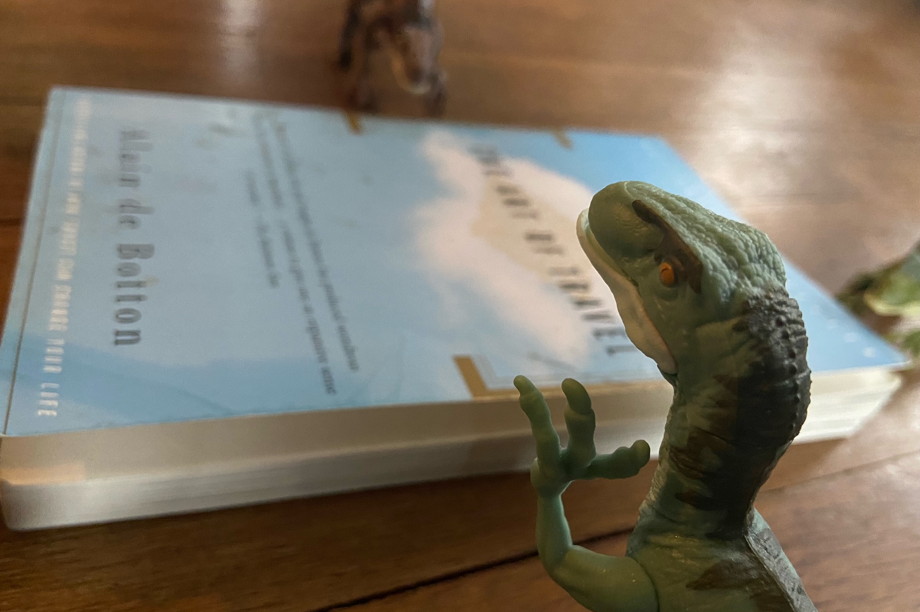
Botton's book is readable and moves quickly. |
"Motives," for example, consists of the chapters On the Exotic and On Curiosity. In the former chapter, Botton is in Amsterdam, thinking about Gustave Flaubert in Egypt. In the latter, he muddles through Madrid and ruminates on the impressive life of Alexander von Humboldt.
The book's loose organization and subdivisions keep the pace moving and provide natural stopping points because, while it's not Hegel's Phenomenology of the Spirit in style, difficulty, or length, The Art of Travel is intellectual, especially for a travel book. We need to put it down once in a while to contemplate the esoteric aspects of our journeys.
Translating the awareness Botton brings to travel—and to thinking about travel—into tangible psychological shifts may represent a reader's glass ceiling.
The Heart of the Art
Botton's first chapter of "Departure," On Anticipation, exquisitely juxtaposes a trip he took to Barbados with the protagonist of J.-K. Huysmans's 1884 novel A rebours (Against the Grain).
In A rebours, Jean des Esseintes, a libertine-turned-homebody, reads Dickens, falls in love with London, and decides to visit.
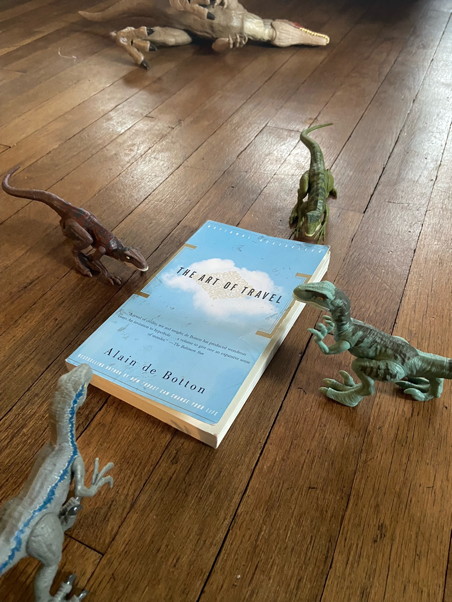
Alain de Botton's website is at alaindebotton.com. |

The author in Amsterdam, reflecting on Flaubert. |
Des Esseintes buys a Baedeker's Guide to London, then, near the Gare Saint-Lazare in Paris, he stops at an English tavern where he orders oxtail soup, smoked haddock, roast beef and potatoes, Stilton cheese, and a few pints of ale. He admires people speaking English who seem straight out of Little Dorrit and Martin Chuzzlewit. He is, quite simply, delighted.
But then des Esseintes starts thinking.
He thought how wearing it would be actually to make the journey—how he would have to run to the station, fight for a porter, board the train, endure an unfamiliar bed, stand in lines, feel cold, and move his fragile frame around the sights...and thus soil his dreams: "What was the good of moving when a person could travel so wonderfully sitting in a chair? Wasn't he already in London...? What could he expect to find over there except fresh disappointments?" So des Esseintes paid the bill, left the tavern and took the first train back to his villa...and never left home again.
Cut to a new numbered section.
Botton puts des Esseintes aside for a moment, and is now in Barbados, on vacation with a partner. In less than a day, his nine-and-a-half-hour flight from England has already coalesced into a few images, of which only one survives years later: his in-flight meal. All he can remember about the airport is the passport line.
Without any intention, Botton has started summarizing his vacation as it occurs, much like an artist nips and tucks reality to make a work more focused and interesting.
Gina Says:
- You didn't say anything about this book.
- Put in the flat-faced emoji, because I got nothing.
- 😑
Barbados is a beach location, typically not a place where extraneous details are remembered. The goal of a visit is for specifics to evaporate in the dazzling light and be washed away by the sea. The anticipation of sun and sand guides Botton in the trimming of his memories; if something doesn't fit his romanticized and exaggerated pre-trip ideal, it's doomed to be forgotten.
Whether those discarded details are important or not is beside the point. In a situation which is hardly unique to travel, Botton's mind thinks it knows better than actual experience.
Botton lounges in a chair on the edge of the water. For about ten minutes, he is happy. He is on the beach, where he wants to be. But then he starts thinking, too.
My awareness of [jungle-covered hills, coconut trees, and happy seabirds] was weakened by a number of other, incongruous and unrelated elements, among them a sore throat I had developed during the flight, worry over not having informed a colleague that I would be away, a pressure across both temples, and a rising need to visit the bathroom.
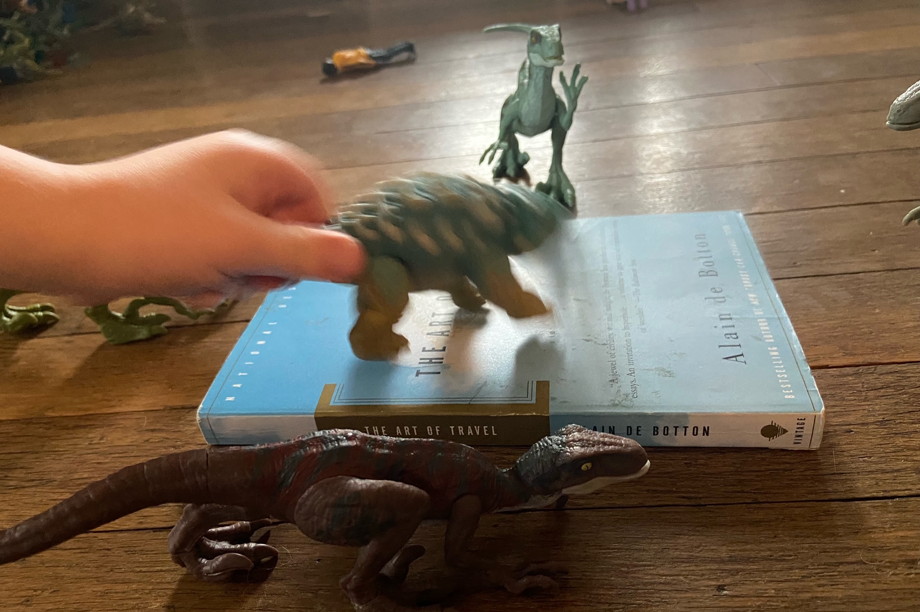
Here comes the ankylosaurus, just like your worrying mind. |
From the outside, he looks like a vacationer enjoying the sea. But inside?
"I,"—that is, the conscious part of myself—had...abandoned the physical envelope in which it dwelt in order to worry about the future, or more specifically about the issue of whether lunches would be included in the price of the room.
Botton finally realizes that the place where he stands has little influence on what actually passes through his mind. Reminding us of des Esseintes, who felt close to London using his imagination in a Parisian tavern, Botton concludes, "We may best be able to inhabit a place when we are not faced with the additional challenge of having to be there."
Wherever you go, there you are.
Sampling a Few More Themes
The Sublime
In "Landscape," the chapter On the Sublime sees Botton traveling in the Sinai. The desert can make us feel small and weak, and for Botton, an important, even healthy message lies therein. "Sublime places repeat in grand terms a lesson that ordinary life typically introduces viciously: that the universe is mightier than we are."
"We may best be able to inhabit a place when we are not faced with the additional challenge of having to be there."
Draftsmanship
On Possessing Beauty in "Art" devotes many sections to English teacher and artist John Ruskin, and his belief in the importance of drawing. Later, Botton spends an hour trying to draw an oak tree, and he claims the exercise has made him more appreciative of oak trees and better able to remember them.
To quote Ruskin, "[The sketcher's] eye is accustomed to search into the cause of beauty, and penetrate the minutest parts of loveliness."
Local Travel
In a post-COVID world, the "Return" chapter On Habit falls flat. People have traveled to their kitchens and patios on social media (mostly as a joke), and bloggers have indulged in "local travel" in order to scratch the wanderlustful itch.
But we return to the important idea Botton keeps highlighting in The Art of Travel, that we need to see differently: "The pleasure we derive from a journey may be dependent more on the mind-set we travel with than on the destination we travel to."
Success, or Successful Failure?
Botton writes, "[Our travels] express, however inarticulately, an understanding of what life might be about," but can we actually shake off the habits, weights, and annoyances of the self to see more clearly? To travel better? To live better?
Translating the awareness Botton brings to travel—and to thinking about travel—into tangible psychological shifts may represent a reader's glass ceiling. We may not be able to break through.
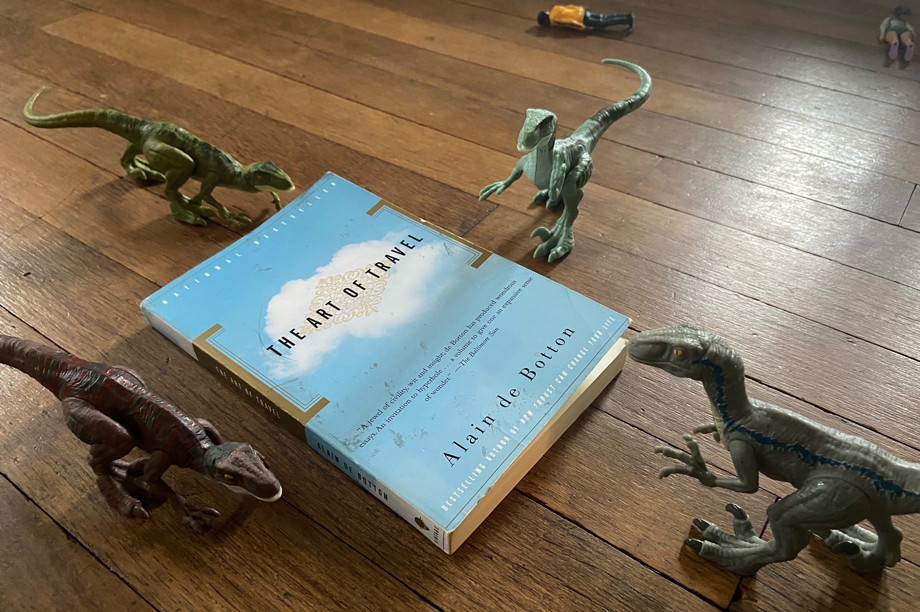
When traveling, we need to look more closely at ourselves and our environment: not an easy task. |
I'm not certain I will travel differently, or better, after having read The Art of Travel: despite my efforts to reduce its power, my mind has a hold on me. The ingredients of awareness—introduction, inventory, and inquiry—make a mediocre therapist. Even when wrapped in smart prose, they can only go so far.
Still, the effort has value.
I will consciously recall my powerlessness when viewing a polychromatic sunrise from a mountaintop. I will question what's missing in my life if I experience envy at the sight of a beautiful house or apartment in a foreign city. And when I suffer what I call the Day Three Doldrums, where I just want to stay in my hotel and nap, I'll remind myself the condition is not unique to me.
The ingredients of awareness...make a mediocre therapist.
I will still feel small and inadequate when beholding the sublime. I will still suffer the occasional pang of jealousy. And I will definitely continue to endure the strange lethargy that traveling inspires after a few days, especially in the afternoon. But I will think about those emotions more closely, perhaps even examine them. Maybe I'll make some progress.
And I think that's enough for Botton to declare victory. The Art of Travel is a splendid book.
Click here to list the 44 Reviews which have already been published.
Recent Posts
Eyewitness Travel: France 4/24/2023
L'Africain du Groenland 8/2/2022
On the Plain of Snakes 5/17/2022
Volcanoes, Palm Trees, and Privilege 3/22/2022
L'axe du loup 2/28/2022
The Art of Travel 12/31/2021
Postcard: Los Angeles 11/5/2021
Afropean 8/6/2021
Roadrunner 7/22/2021
Popular Tags
Archive
Show moreAbout
Recent Tweets
If you toggle the switch above the words "Recent Tweets" and it still says, "Nothing to see here - yet," it means the idiot who broke Twitter either hasn't gotten around to fixing this feature, or intentionally broke it to get us to pay for it (which is moronic, I can easily live without it and it generated traffic to his site).

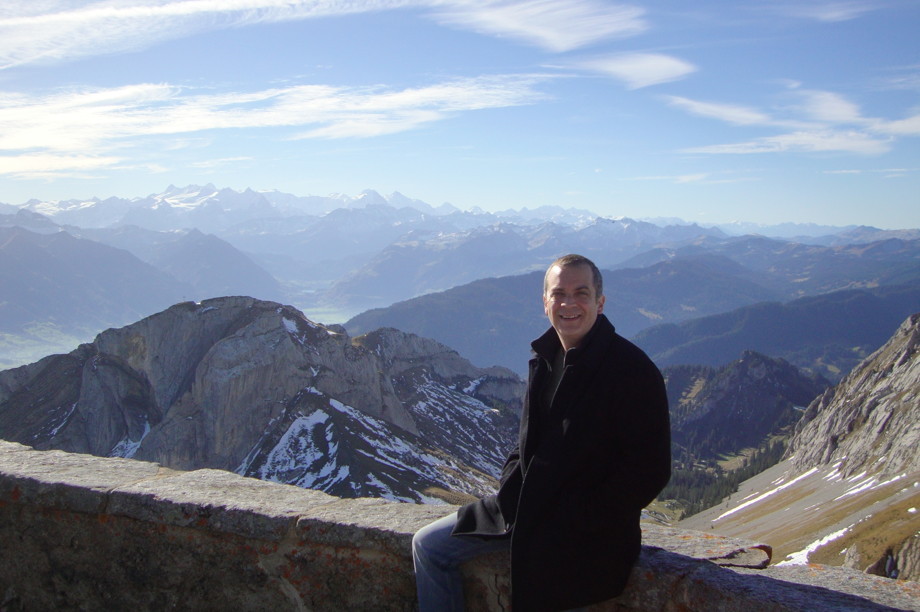
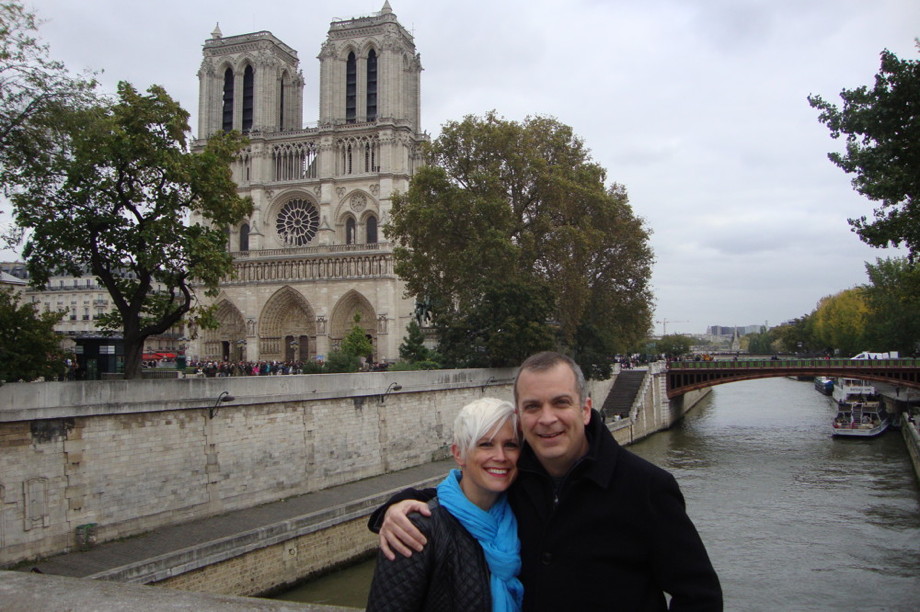



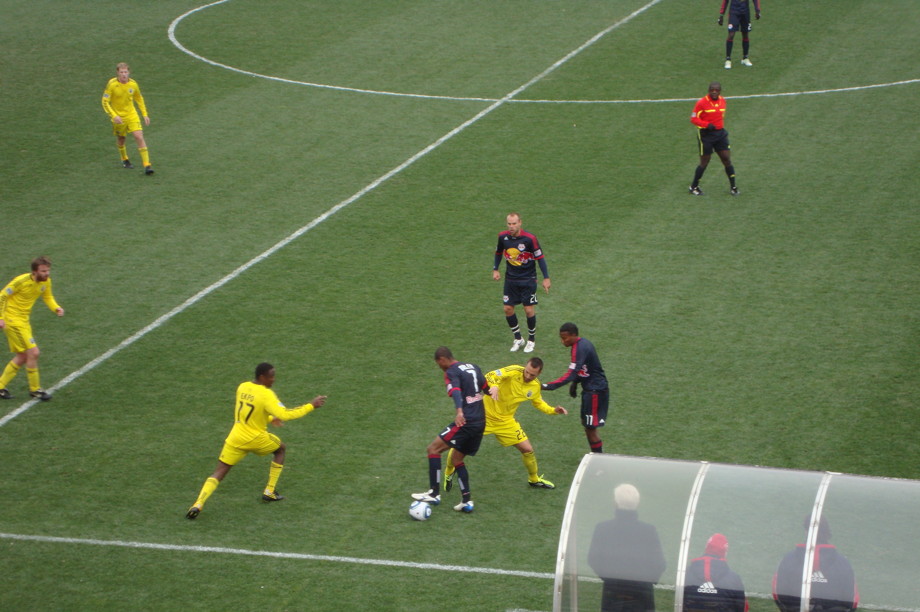

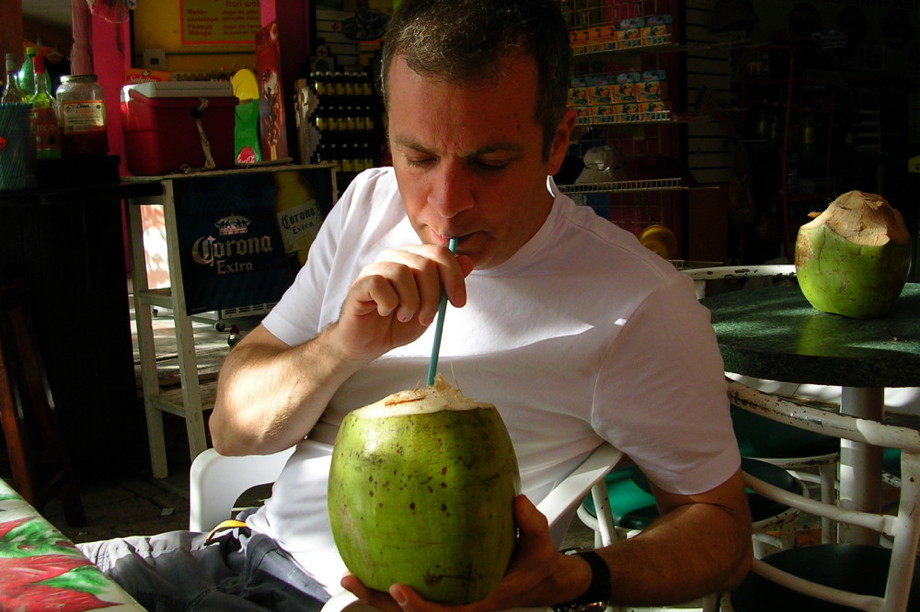
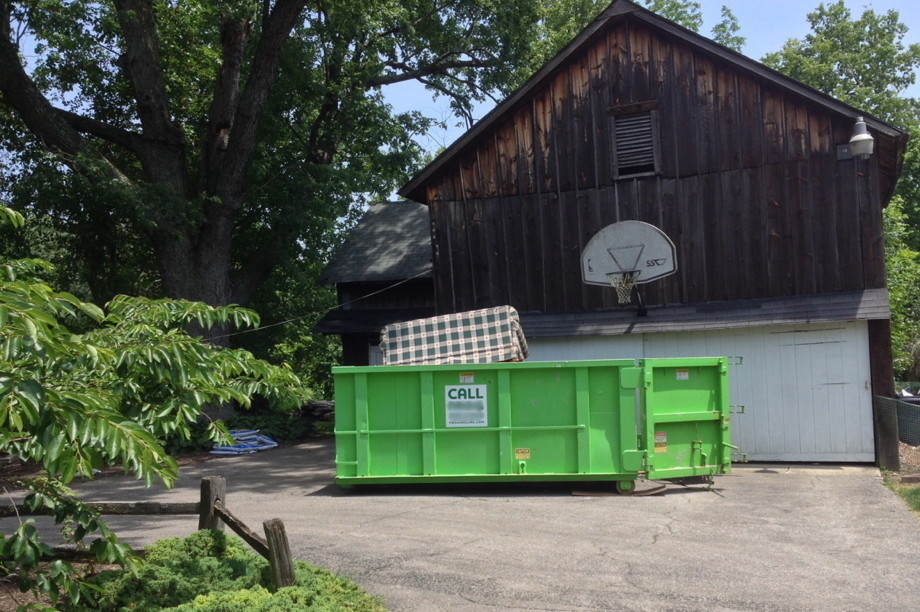
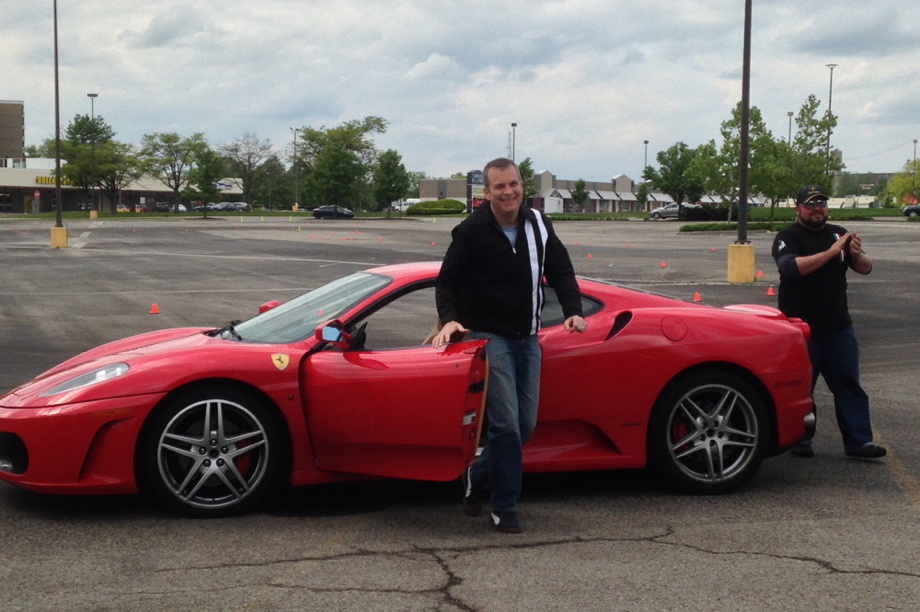
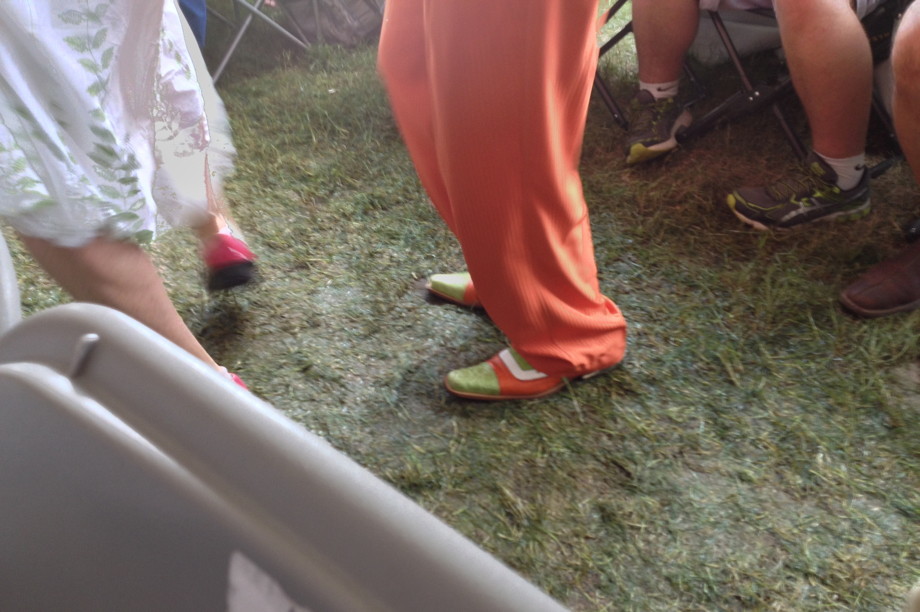
Add a comment
Comments